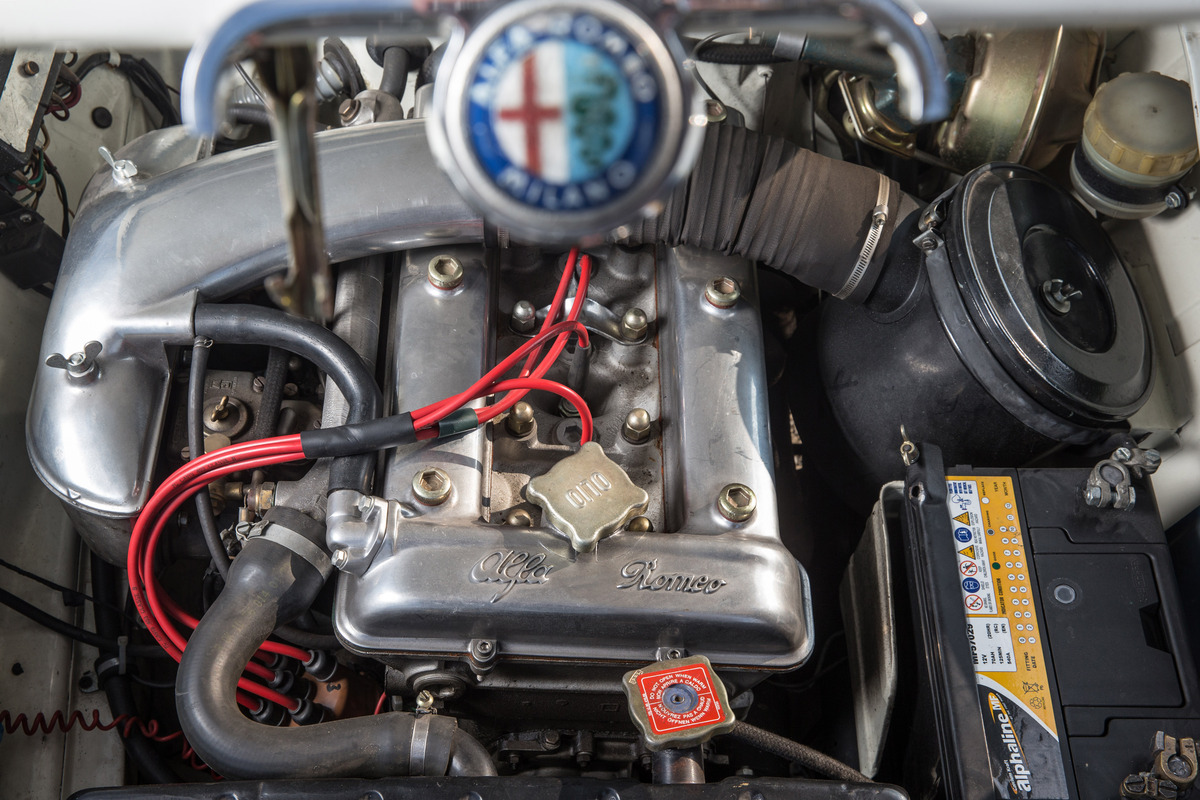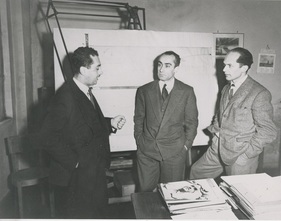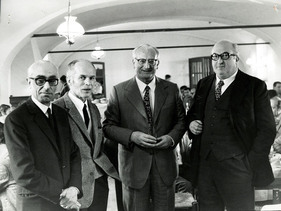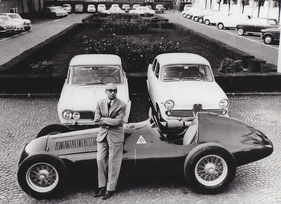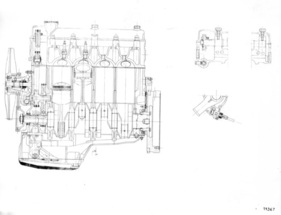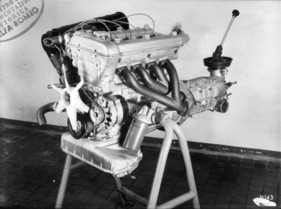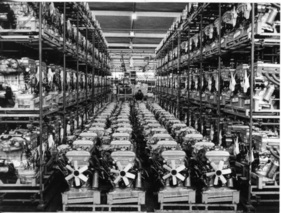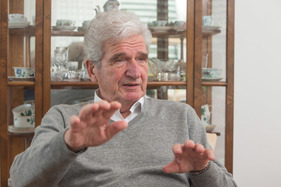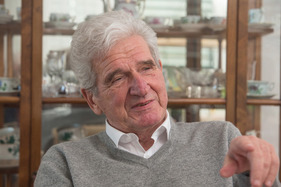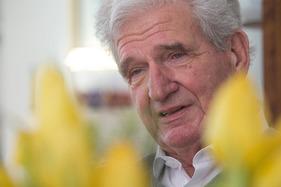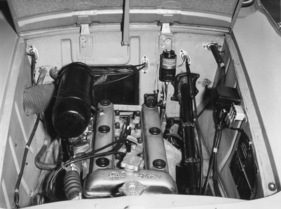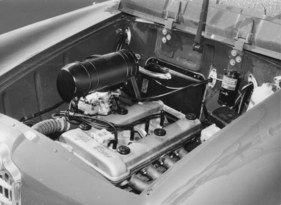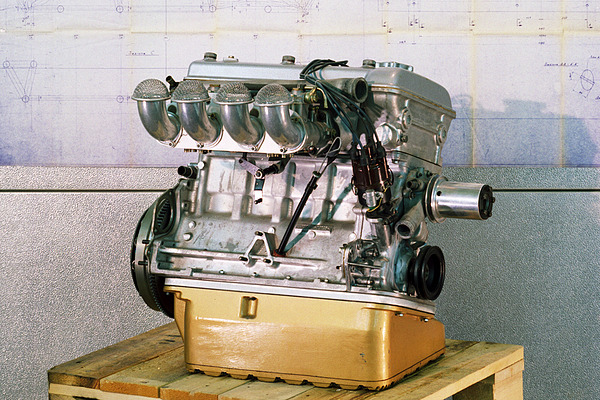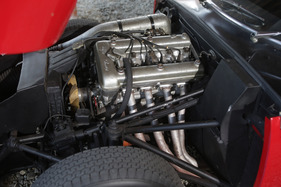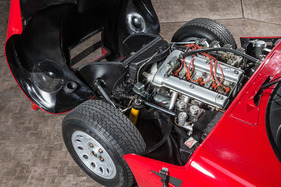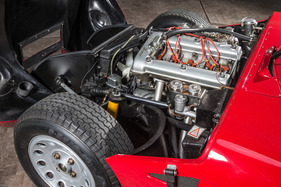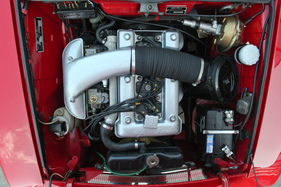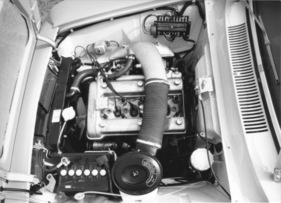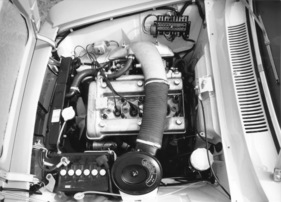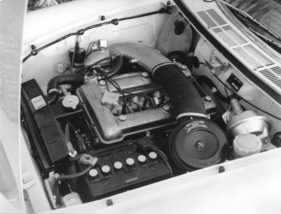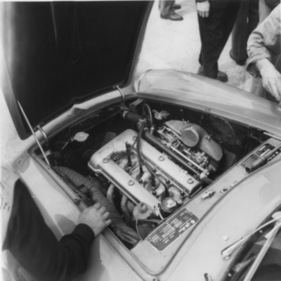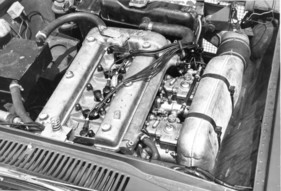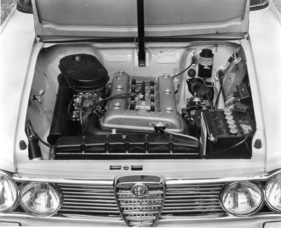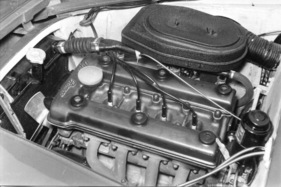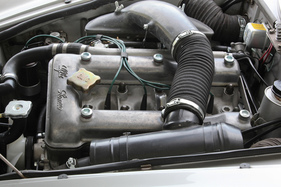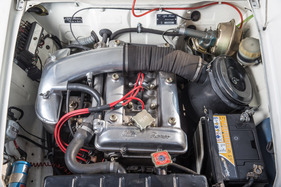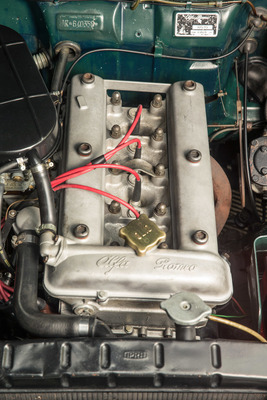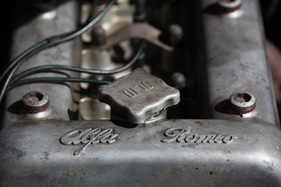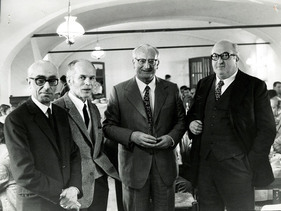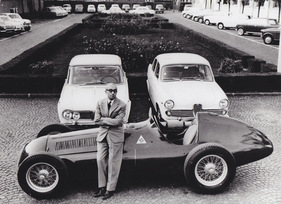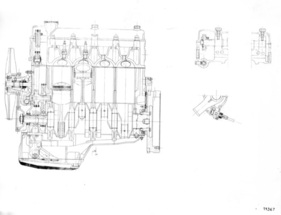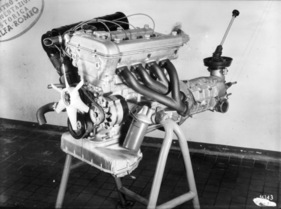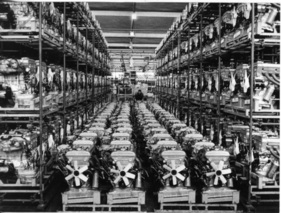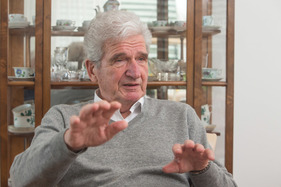Sculpture for the living room: the Alfa Romeo DOHC engine
Summary
The Alfa Romeo four-cylinder engine with two overhead camshafts is legendary, and the vehicles of the Giulietta and Giulia series equipped with it are coveted, not least because of their sportiness and the power that the engine gives them. It's worth taking a look under the hood, where engine expert Professor Dr. Friedrich Indra explains why the engines were so good and what could have been done better.
This article contains the following chapters
- Talented engine developers
- A feast for the eyes
- Not everything is perfect
- Not the first double cam
- The different engine variants and where they were installed
Estimated reading time: 4min
Preview (beginning of the article)
The Giulietta Sprint and Giulia GT models from the 101 and 105 series are among the icons of the Milan-based manufacturer Alfa Romeo. Both are the product of a congenial collaboration between design and technology, more precisely between Bertone and Alfa Romeo. Franco Scaglione was responsible for the design of the Giulietta, while the Giulia GT is the journeyman's work of Giorgio Giugiaro, Scaglione's successor at Bertone's design workshop in Turin. The Alfa Romeo engineers behind these models were Orazio Satta Puliga and Giuseppe Busso. Satta Puliga brought Busso back to Alfa Romeo in 1948 after a brief stint at Ferrari. The major differences with Gioachino Colombo made it easier for Busso to decide to return from Modena to Milan. After his return, there was no Alfa Romeo model until the 1980s that he had not shaped.
Continue reading this article for free?
Photos of this article

